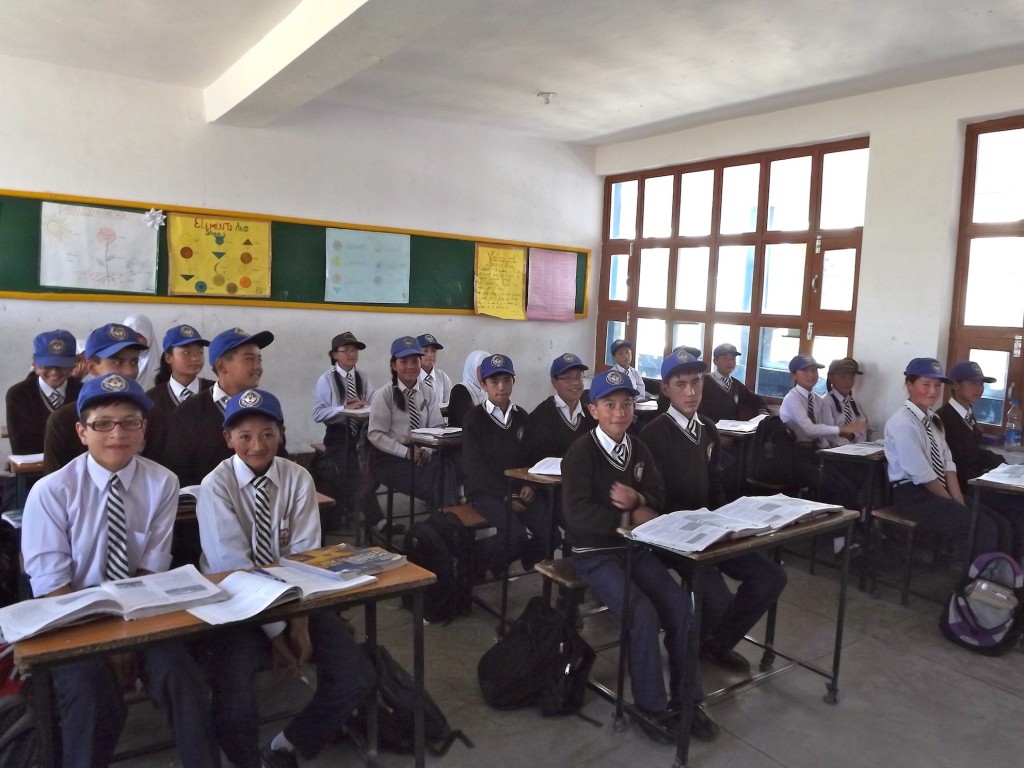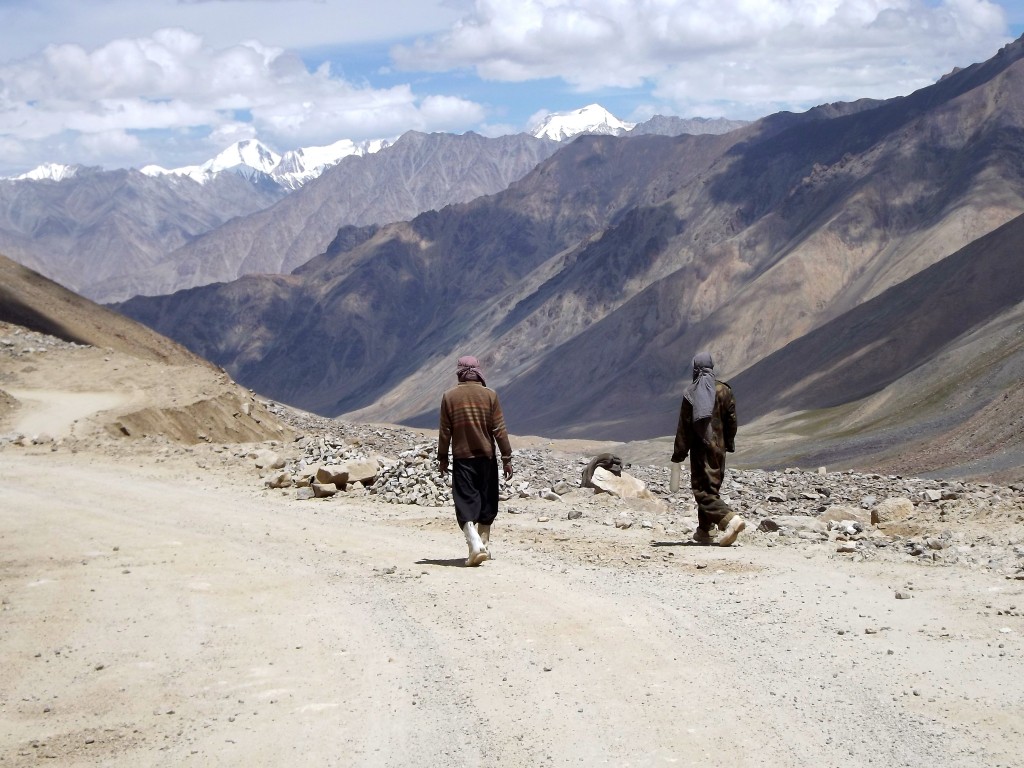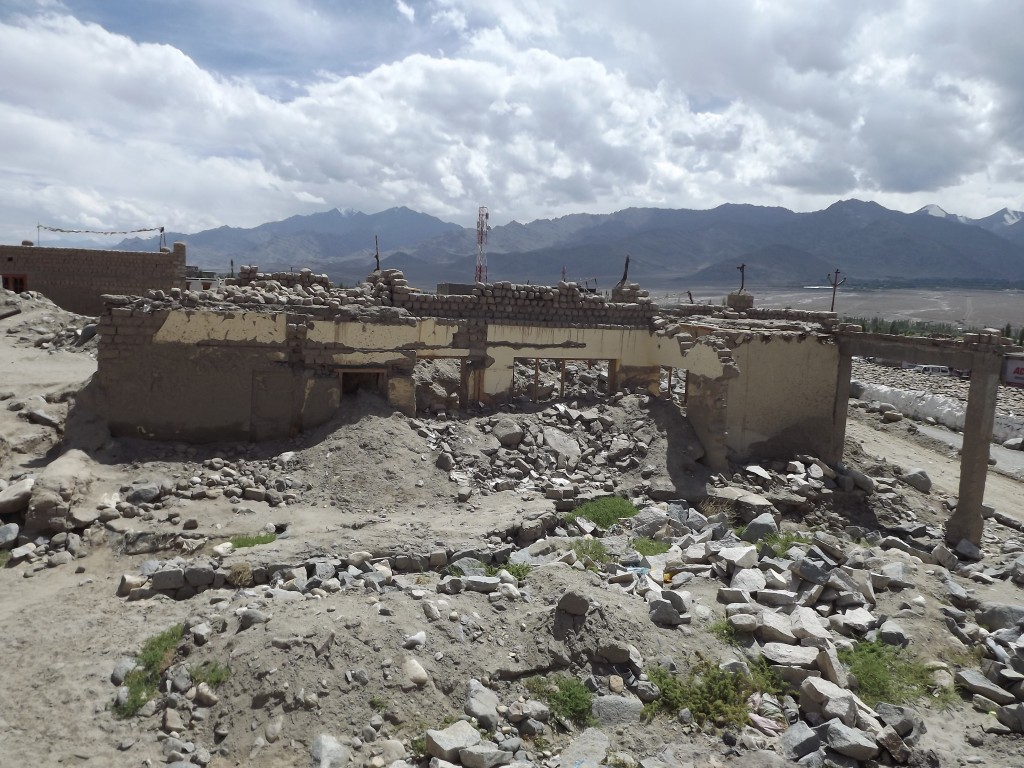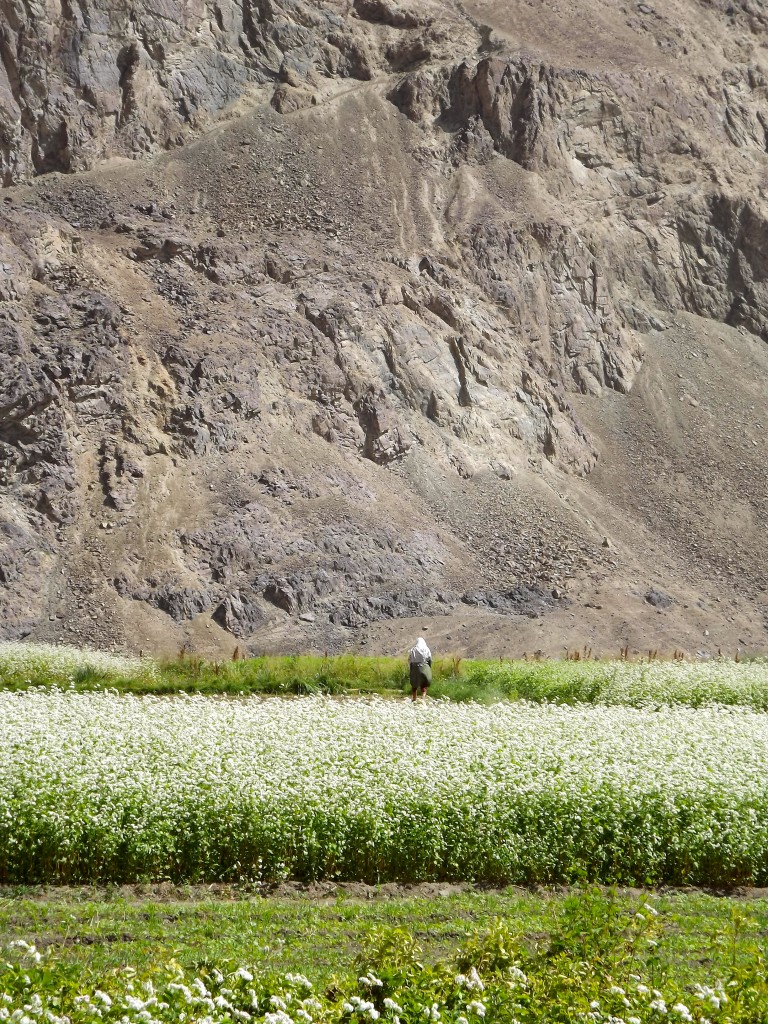Every geologist has heard the story of the birth of the Himalayas; India crashes into Asia and they crumple up, sending the seafloor into the sky, melting the crust and forming the highest mountains on earth. The mountains are still rising, and for that reason the region is prone to earthquakes, landslides and flash floods. The mountains also make the boundary between India and the rest of Asia a place of outstanding natural beauty. As Kashmir opens up to foreigners, and the tourists arrive, ensuring that the region is developed sustainably will be key to preserving its natural beauty, its ability to support agriculture and its clean water supplies. If it is well-managed, development could simultaneously reduce the vulnerability of the population to the interacting multi-hazards in the region.
In June 2014, a conference on sustainable resource development in the Himalaya is being held in the town of Leh, Ladakh Region, Jammu and Kashmir State, India, co-organised by the Geological Society of London, and the Institute of Energy Research and Training University of Jammu, and will include invited speakers from Pakistan, Nepal, Bangladesh, India and Britain. The conference will be associated with two field trips to see classic geology and spectacular geomorphology, as well as key sites associated with resources and development in Ladakh.
At the core of sustainable resource development in the Himalaya region is the education and engagement of young people. Prior to the main conference, we will hold a students programme – delivering courses on hazards, the environment and sustainable resources to over a hundred students from Leh and the surrounding rural areas. Geology for Global Development will take a leading role in the development and delivery of the landslides and environment module. We will try to enthuse the students, and provide them with material that they can take back and share with their classmates and family. We will illustrate concepts using local examples, such as the 2010 cloudburst that destroyed buildings and resulted in a large loss of life in Leh. We will also be emphasising the interaction between hazard and vulnerability, in creating disaster events – and therefore the importance of education in ending cycles of poverty.
Last month (August 2013), a small group went ahead to undertake reconnaissance work to ensure next year’s event is a success, sustainable and can be delivered in alignment with our key principles for development. The group included geologists from Jammu University and University College London, as well as myself (Rosalie Tostevin: GfGD Deputy Communications Officer, UCL PhD Student, and UCL IRDR executive member).
First off, I made an academic visit to Jammu University, where I spoke with professors and students researching regional hazards in Ladakh, as well as a Renu Nanda, from the Department of Education, who runs a series of education NGOs in rural areas. We hope that next year’s conference will have a lasting impact, and both the UCL Institute for Risk and Disaster Reduction (IRDR) and Geology for Global Development (GfGD) hope to establish long-term research projects and student placements centred on collaboration with colleagues in Jammu.
I then flew over the Himalayas into Ladakh, where we trialed the field trip routes for next year’s conference, scouting out the best outcrops to understand the classic Himalayan geological succession. This also gave me the opportunity to visit rural areas, where it was clear how closely people live alongside nature, and how vulnerable they would be to any changes in climate. Energy and food from outside of Ladakh have to be imported over windy mountain passes, which are regularly blocked by landslides, so any local products are highly valued – especially the famously juicy apricots.
In the town of Leh, the old capital city of Ladakh Region and the site of next year’s conference, I visited the school that will host the students programme, checking out the venue and meeting some of the students. Saint Peter’s high school is a large, modern school that teaches children aged from 5-16. They have a history of recruiting children from both rural areas and financially struggling families, and Fr Thomas, the principal, provides extra tuition and support for students that need it. I was asked to teach a trial class – I went for the formation of the Himalayas, of course.

Students at Saint Peter’s High School – the venue for the students programme and one of the many participating schools
Having visited Ladakh, the importance of sustainable development, hazard management and adapting to climate change is clear. I think that next year’s conference and schools programme is exactly what is needed in this region, and with the collaboration of many countries from the Himalayan region, I feel sure it will be a success.
GfGD will be giving students in the UK the opportunity to collaborate through the development of teaching resources and lesson plans on hazard management and the natural environment. Full details will be announced on our website and blog over the coming months. Further details of the event can be found on the Geological Society website and in this promotional poster. Please note that GfGD is not managing registration for this event.




